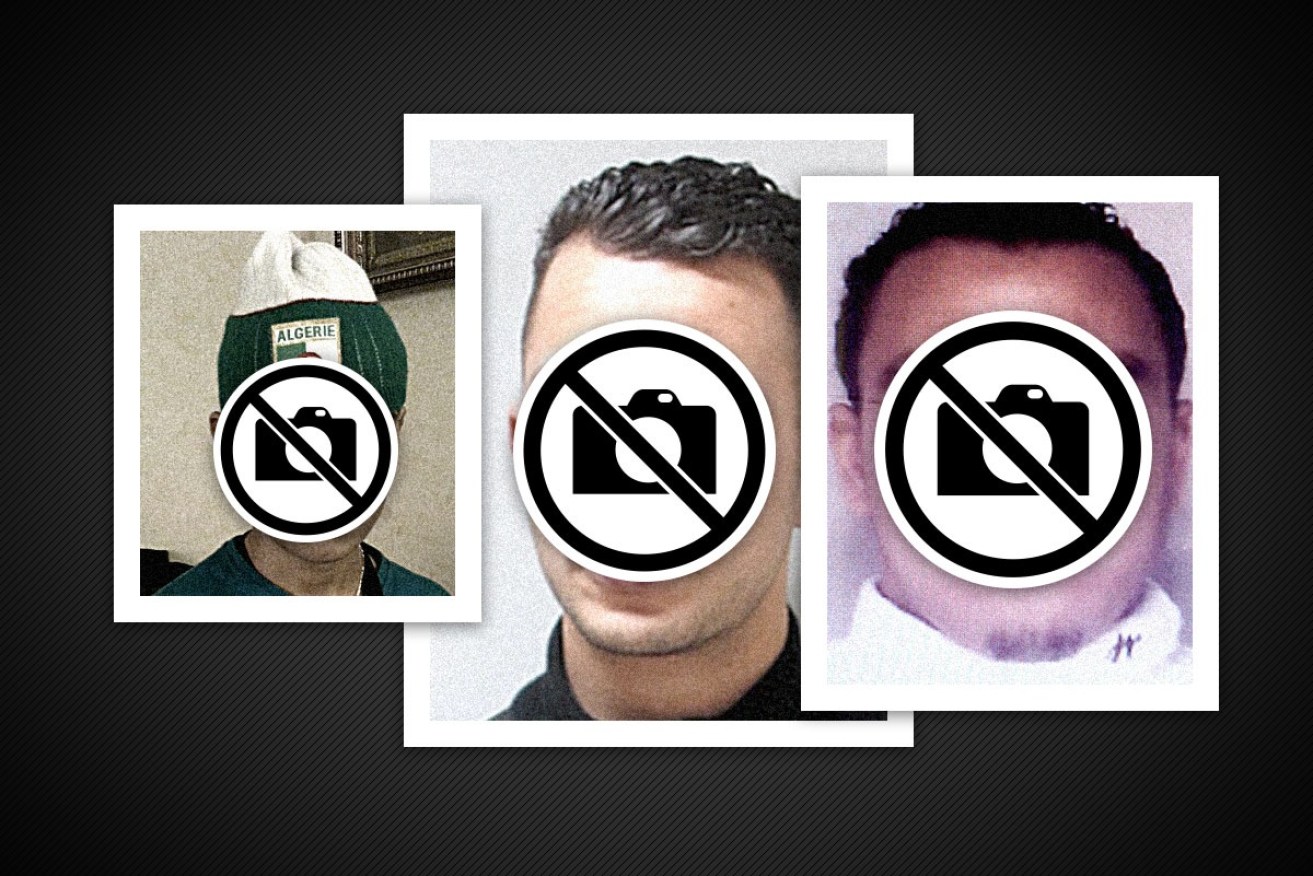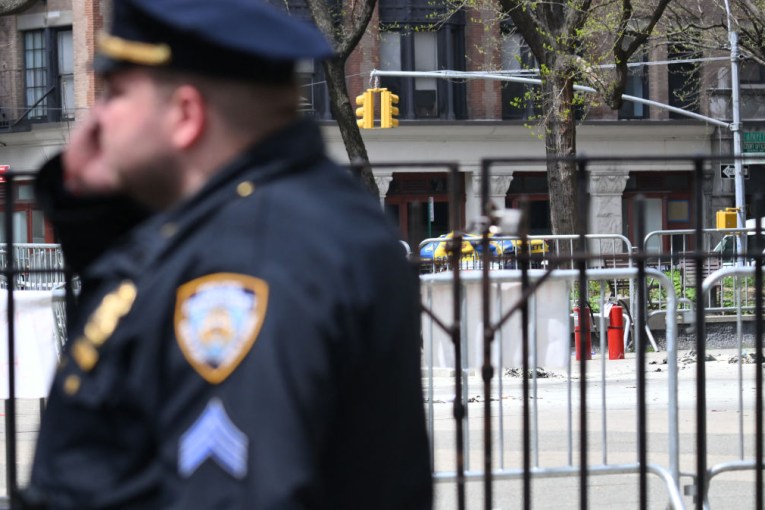France begins blackout on names and faces of terror


Some French media have introduced the ban to avoid “posthumous glorification”. Photos: Supplied
Some of France’s most respected and high-profile media have banned the publication of photographs and names of perpetrators of terrorist acts, to avoid glorifying the perpetrators.
After the murder of an 86-year-old French priest in Normandy this week, Le Monde newspaper announced on Wednesday it was initiating a blackout on names and pictures of terrorists “to avoid possible posthumous glorification effects”.
The Guardian has reported that the Catholic newspaper La Croix followed suit, along with a TV network, BFMTV, one day after the Normandy attack by teenage jihadists Adel Kermiche and Abdel Malik Petitjean.
“We made the decision last night to no longer show pictures of the terrorists until further notice,” BFM-TV editorial director Hervé Béroud told Agence France-Presse.
Should media ban the publication of pictures and names of perpetrators of terrorist acts?
— The New Daily (@TheNewDailyAu) July 29, 2016
“We have been thinking about this for some time. Our decision was speeded up by Nice, by the repeated tragedies.”
Europe 1 radio said it would also not reproduce photographs of perpetrators of terror attacks on its site and would not broadcast their names.

The makeshift memorial for the victims of Bastille Day attack in Nice. Photo: Getty.
The Guardian speculated that France 24 television channel would also follow suit, while Libération newspaper will reportedly assess each incident on a case-by-case basis.
The moves come after a petition launched after the Nice attack calling for terrorists to be anonymised in the French media.
More than 130,000 people have signed the petition which calls for a blackout to avoid turning terrorists into “super-stars”.
Le Monde published an editorial after the Normandy attack, under the headline “Resisting the strategy of hate”, arguing that all elements of society had to be involved in the struggle against terrorism, and that the media had a special role to play.
“The sites and newspapers that produce this information cannot excuse themselves from self-examination on several fronts. Since Isis terrorism first appeared, Le Monde has changed its practices several times,” the newspaper said.
Le Monde began with a blackout on images from Isis propaganda documents, then escalated its policy to photographs after the Bastille Day attack in Nice.
The move has created debate among French media, with Michel Field of the state-run France Televisions saying that access to all the information was paramount.
“Our duty is to inform, it’s the right of citizens to be informed. And we must resist this race towards self-censorship and grand declarations of intention.”
The blackout has become a talking point among French media.
Michel Field, the executive director of news at the state-run France Télévisions likened it to self-censorship which was pointless in the age of such pervasive social media and would only contribute to public anguish.
“Our duty is to inform, it’s the right of citizens to be informed. And we must resist this race towards self-censorship and grand declarations of intention.”
Meanwhile, the move attracted the criticism of France’s far right, with Marion Le Pen accusing the media of attempting to “hide the link with immigration”.








